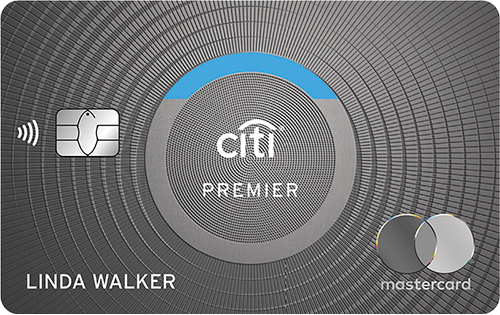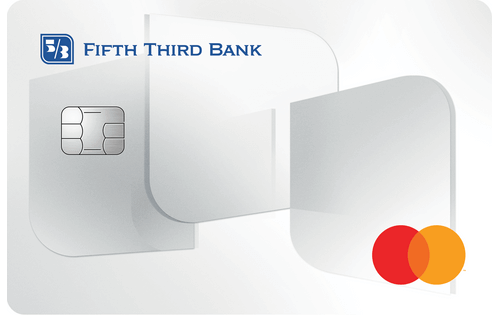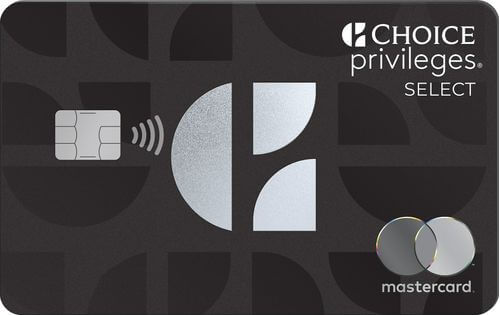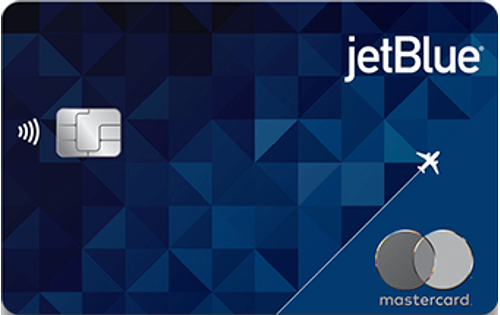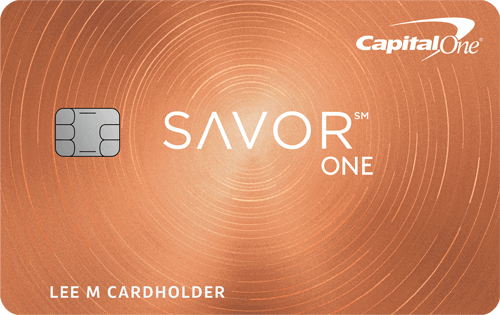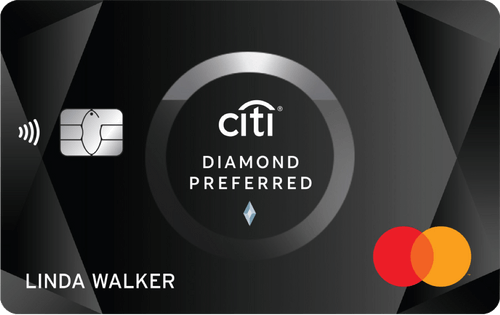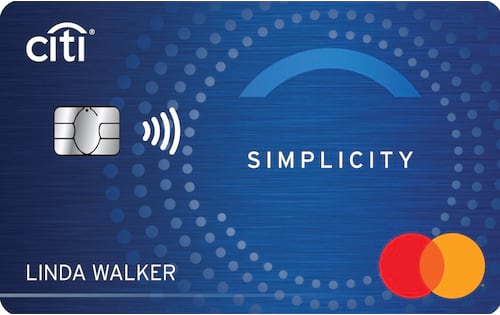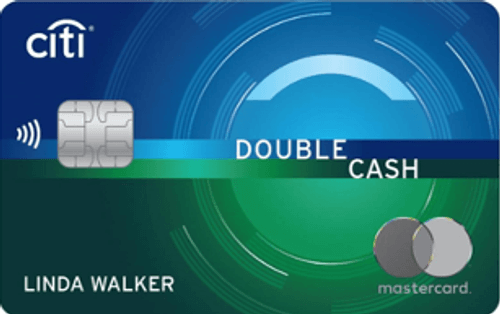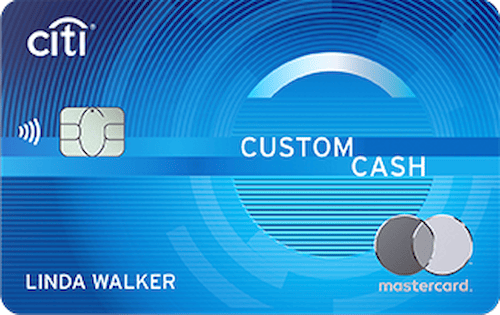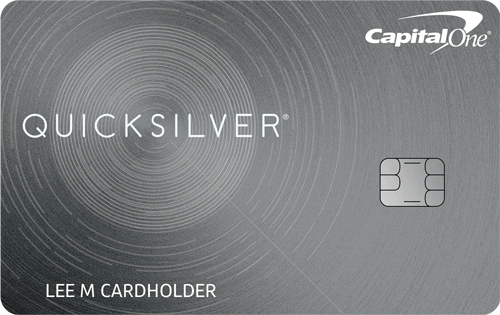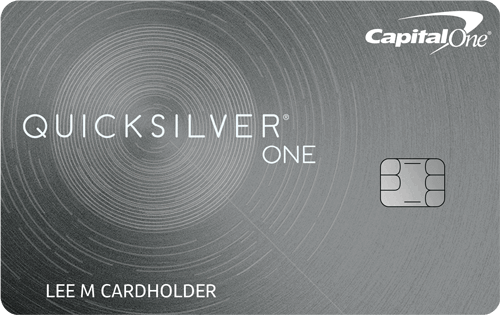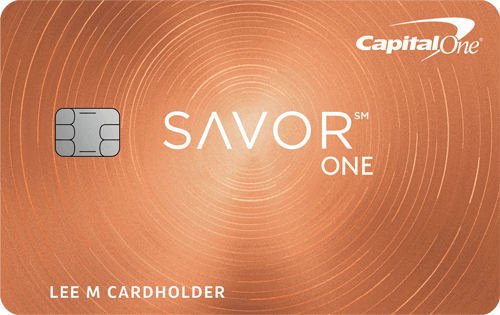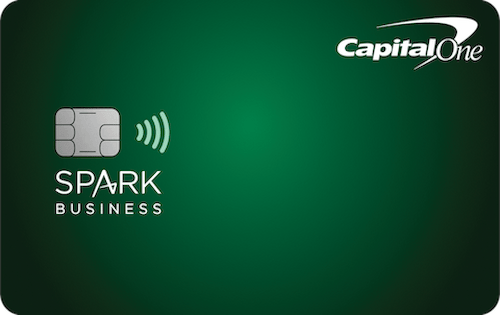- Best Mastercard credit cards compared
- Popular banks that offer Mastercard credit cards
- Learn more about Mastercard credit cards
- How we picked the best Mastercard credit cards
- Sources
- About the author
- User questions & answers
- Expert opinions
Best Mastercard Credit Cards Compared
There are many Mastercard credit cards to choose from, for all types of people. To help you find the right option for your needs, we compared hundreds of Mastercard credit card offers based on their rewards, rates, fees and approval requirements. We then selected the best Mastercard in a range of popular categories. For your convenience, we’ll recap those selections in the following comparison table.Best Mastercard Credit Cards Compared
| Credit Card | Category | Annual Fee |
| Citi Premier® Card | Overall | $95 |
| BankAmericard® credit card | Low Intro APR | $0 |
| Citi Double Cash® Card | No Annual Fee | $0 |
| Capital One Quicksilver Secured Cash Rewards Credit Card (see Rates & Fees) | Bad Credit | $0 |
| U.S. Bank Business Triple Cash Rewards World Elite Mastercard® | Business | $0 |
| Capital One Savor Cash Rewards Credit Card * | Bonus Cash Back | $95 |
Having a credit card on the Mastercard (or Visa) network is especially important if you plan to travel abroad. Mastercard and Visa are the most widely accepted card networks globally, and their currency-exchange rates are much lower than what local banks and airport kiosks tend to charge. In fact, you can save up to 11% on currency conversion with a no-foreign-transaction-fee Mastercard or Visa.
Furthermore, we recommend checking your credit score for free before applying for a new card. This will help you find the best deal and determine whether you’re likely to get approved.
Popular Banks that Offer Mastercard Credit Cards
Learn More About Mastercard Credit Cards
Mastercard is one of the two major worldwide card networks, along with Visa. There are more than 230 million Mastercard credit cards in circulation in the U.S. alone. Roughly 1 of every 4 general-purpose credit card offers available to new applicants right now are on the Mastercard network. And Mastercard credit cards are accepted in more than 210 countries and territories worldwide – more than Visa, Discover and American Express.
Although Mastercard is one of the world’s most recognizable brands, there is still a lot that people don’t know about the company and its role in the credit card landscape. We’ll tackle a handful of topics people often wonder about below.
First four digits of a Mastercard
All Mastercard credit card numbers begin with “5.” The next few numbers depend on which bank or credit union issues the Mastercard credit card in question. For example, a Mastercard credit card issued by Bank of America might have a card number with these digits first: 517572. But a Mastercard issued by Capital One might start with 549139.
It’s possible to decipher this because credit card numbers follow a general pattern. The first digit of a credit card number is called the Major Industry Identifier. It will tell you which network a card is on. Mastercard uses 5, while 4 is for Visa, 3 is for American Express and 6 is for Discover. The first six digits are called the Issuer/Bank Identification Number. They will tell you both the card network and card issuer. To learn more, check out our detailed guide about credit card numbers.
Mastercard annual fee
Mastercard credit card annual fees can be as low as $0 or as high as $450+, depending on the card and market conditions. But Mastercard does not assess any fees to credit card users directly. Annual fees are charged by the banks and credit unions that issue credit cards on the Mastercard network. As a result, Mastercard credit cards are no more likely to charge annual fees than Visa cards, for example.
Mastercard grace period
Most Mastercard credit cards have a grace period of 21-25 days, from when the account’s monthly statement becomes available until the due date for payment. The exact number of days varies by issuer, but the overall significance of a credit card’s grace period does not. Interest will not accrue during the grace period, if you always pay your full balance by the due date.
Carrying a balance beyond the due date results in the loss of the grace period. Payments then begin accruing interest right away. But cardholders can restore their grace period by paying their full balance due two months in a row.
Mastercard benefits
Unlike with rewards, rates and fees, credit card networks like Mastercard are directly responsible for many of the secondary benefits available to cardholders. But not all Mastercard credit cards have the same perks. Mastercard actually has three benefits tiers: standard, World and World Elite. Credit card issuers can decide which benefits to include on each of their Mastercard offers.
Standard Mastercard credit card benefits include $0 liability for unauthorized charges as well as perks such as rental car insurance, price protection, and an extended warranty benefit.
World Mastercard benefits include multiple types of travel insurance, purchase protection, and some shopping perks – on top of what a basic Mastercard would provide.
World Elite Mastercard benefits include everything you’d get on other Mastercard offers, plus access to unique experiences and special savings opportunities.
Taking full advantage of credit card perks can save you a lot of money and hassle, and it’s becoming easier for tech-savvy cardholders to do so. For instance, cardholders can now even explore their Mastercard credit card benefits in augmented reality in order to learn how to get more from the perks they’re entitled to but may not be using.
How We Picked the Best Mastercard Credit Cards
To identify the best Mastercard credit cards, WalletHub’s editors regularly compare all of the Mastercard offers from our database of 1,500+ credit cards based on key WalletHub Rating components. First, we calculate the average person’s expected savings with each card, by estimating how much a cardholder would earn in rewards or spend on interest charges and then subtracting relevant fees. We leverage consumer spending data from the Bureau of Labor Statistics in doing so.
We also consider approval requirements and special perks to help group and ultimately rank-order the cards. This enables us to select the best Mastercard credit cards for rewards, business, bad credit and other popular categories.
Sources
WalletHub actively maintains a database of 1,500+ credit card offers, from which we select the best Mastercard credit cards for different applicants as well as derive market-wide takeaways and trends. The underlying data is compiled from credit card company websites or provided directly by the credit card issuers. We also leverage data from the Bureau of Labor Statistics to develop cardholder profiles, used to estimate cards’ potential savings.
